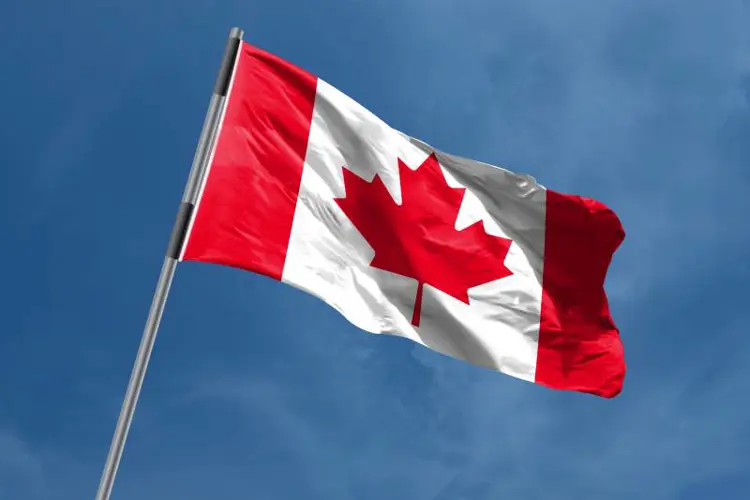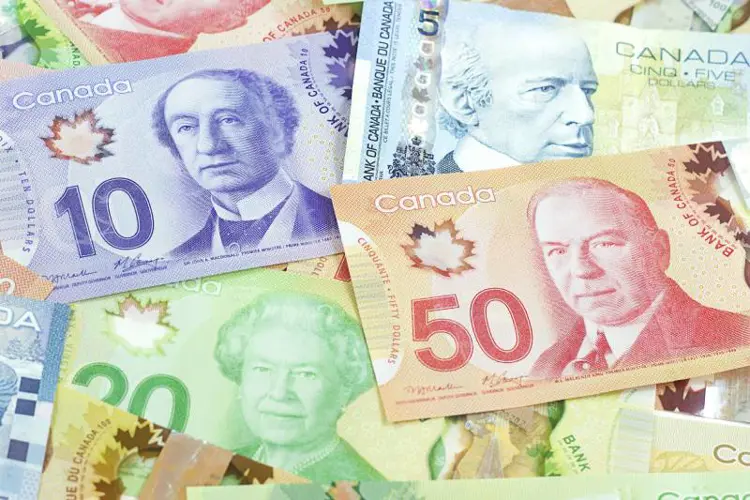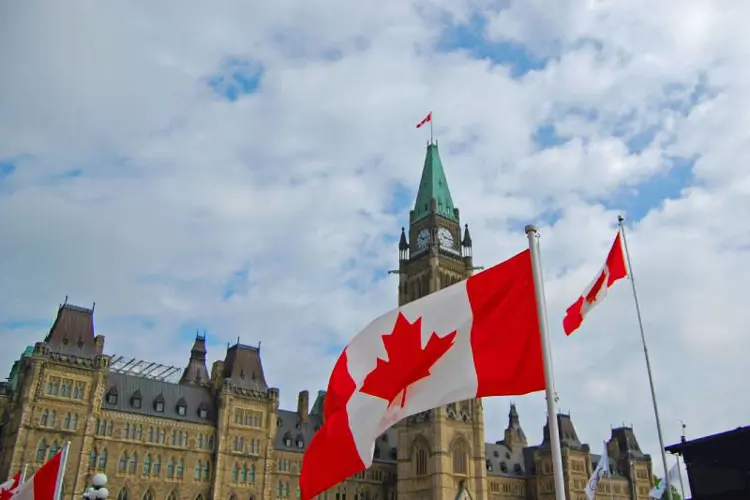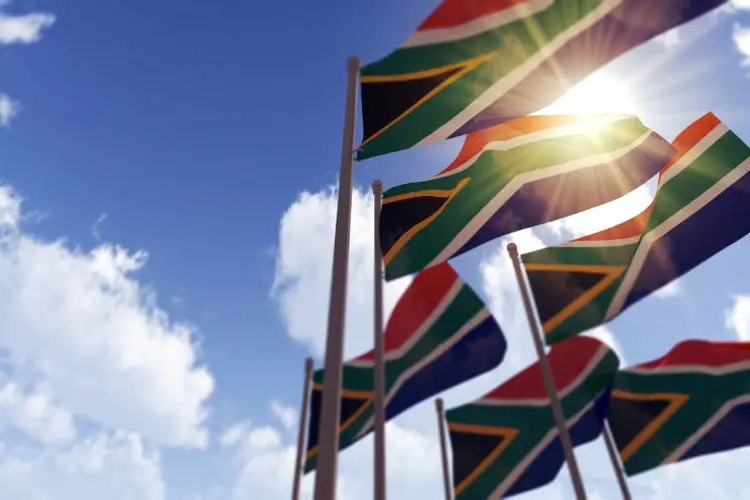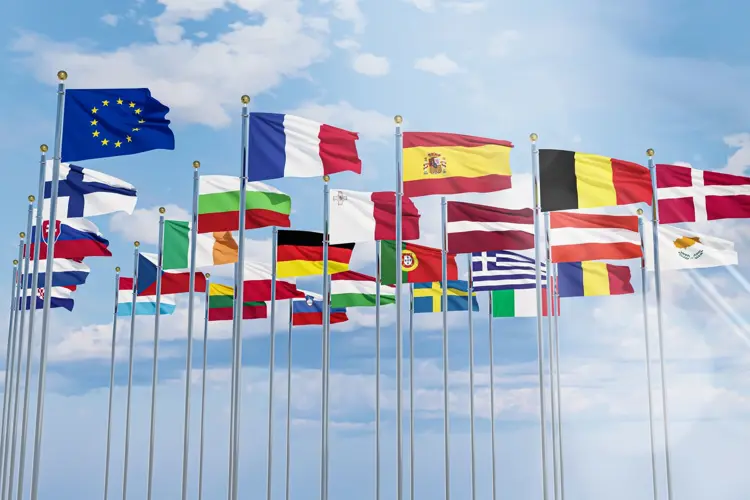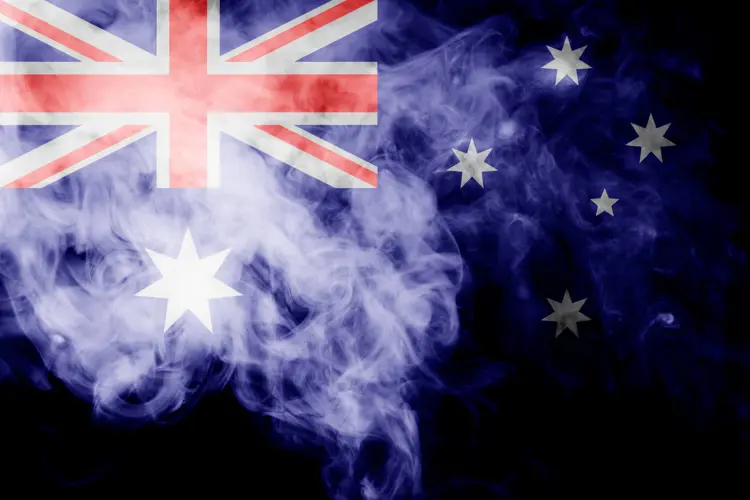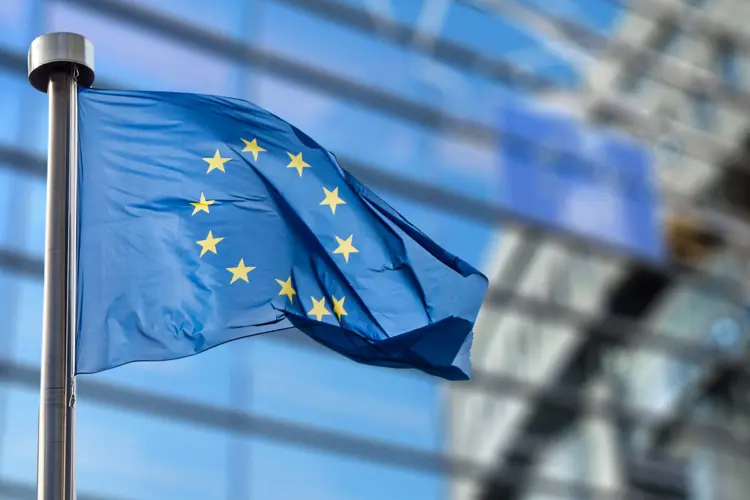The Canadian government has proposed the country’s first federal tax on vaping products in its 2022 budget. The vape tax, part of the proposed federal budget announced Thursday, would take effect Oct. 1—if it passes Parliament as written.
The proposed tax is substantial, and includes an option for Canadian provinces to piggyback on the federal tax with an equally large assessment of their own. The national government is encouraging provinces and territories to pass equally large taxes, which would be administered by federal tax authorities.
Thetax proposed on Thursday only applies to products that contain nicotine, including pod- and cartridge-style refills, disposable vapes, and bottled e-liquid. The tax appears to include nicotine base sold for DIY. The tax does not apply to hardware sold without e-liquid.
Pricing vapers and vape shops out of the market they created
The tax is $1 per 2 mL for the first 10 mL in any sealed container (bottle, pod, etc.), and $1 per 10 mL for additional liquid in the container. That would add $7 to the price of a 30 mL bottle of e-liquid, $10 to a 60 mL bottle, and $14 to a 100 mL bottle. A 4-pack of 1 mL pods would be taxed at $4, because each sealed pod is taxed separately and the minimum tax on any individual container is $1.
The effective tax rate on bottled e-liquid could be higher than 100 percent of the retail price. For home mixers, it might be worse. The tax on a 1-liter bottle of DIY nicotine would be $104.
For Canadians living in provinces and territories that participate in the proposed “coordinated vaping taxation regime,” the tax burden would be doubled. The offer will be attractive for provinces, because the federal government will do all the accounting work and simply send each participating province a check for taxes collected. Several Canadian provinces have existing taxes.
Retailers would be allowed to sell untaxed products that are in inventory on Oct. 1 until Jan. 1, 2023.
The proposed tax rules would allow Canadian residents who travel out of the country for more than 48 hours to bring up to 10 vaping products containing a total of no more than 120 mL of e-liquid back into Canada without paying a duty.
What happens next: the budget approval process
Because the Liberal Party doesn’t have a parliamentary majority, Prime Minister Justin Trudeau is counting on an agreement with the left-wing New Democratic Party (NDP) to provide enough votes to pass the budget. According to CTV News, that seems like a sure thing, which means the tax must be eliminated during the budget process in Parliament.
Before the budget gets a final vote in Parliament’s House of Commons, there will be four (not necessarily consecutive) days of debate and up to three separate votes. The first day of debate is Friday, April 8. CTV News says the Conservative Party—the official Opposition—will introduce an amendment, followed by a sub-amendment from Quebec’s nationalist party the Bloc Québécois.
Following Day One of debate (Friday), the House of Commons takes a two-week break until April 25. The budget votes will happen either that week or in early May.
The period between now and April 25 when the House reconvenes is the time to call and write Members of Parliament to register opposition to the proposed tax scheme. Follow Rights4Vapers for more information, but start making phone calls now.
The House of Commons will vote on the Bloc Québécois sub-amendment at the end of Day Two of debate (on or after April 25), and on the Conservative amendment at the end of Day Three. The third and final vote—on the budget motion itself—happens at the end of Day Four.
Following approval of the budget motion, the government will introduce a budget implementation bill, which goes through three readings in both the House and Senate before final votes on the completed budget.
Canadian leaders pressured by anti-vaping interest groups
The government’s Liberal Party leadership says the tax proposal in the budget was “informed by the public consultation that took place following Budget 2021”—which probably means it was shaped by suggestions from heart and cancer associations, and some doctors’ trade groups, that routinely pressure the government to impose harsh vaping restrictions.
The Canadian Cancer Society issued a press release Thursday cheering the proposed vape tax. "The extremely low price of e-cigarettes is a factor that has contributed to the dramatic increase in youth vaping, tripling over a four-year period, and leading to a new generation of youth becoming addicted to nicotine,” said a CCS official.
Canadian vapers are still nervously awaiting promised federal flavor rules, which have been undergoing review by Health Canada since September. The draft version of the rules included a ban on sales of e-liquid in any flavor other than tobacco, menthol and mint. The flavor ban has also earned brownie points from the cancer society.
Canada’s parliament amended its Tobacco Act in 2018 to become the Tobacco and Vaping Products Act. That law allows Health Canada—the nation’s food, drug and tobacco regulator—to set vaping product standards. In addition to planned flavor restrictions, Health Canada has already set a 20 mg/mL nicotine limit for all vaping products, mandated child-resistant refillable tanks, and imposed advertising restrictions.
The Freemax REXA PRO and REXA SMART are highly advanced pod vapes, offering seemingly endless features, beautiful touchscreens, and new DUOMAX pods.
The OXVA XLIM Pro 2 DNA is powered by a custom-made Evolv DNA chipset, offering a Replay function and dry hit protection. Read our review to find out more.
The SKE Bar is a 2 mL replaceable pod vape with a 500 mAh battery, a 1.2-ohm mesh coil, and 35 flavors to choose from in 2% nicotine.
Because of declining cigarette sales, state governments in the U.S. and countries around the world are looking to vapor products as a new source of tax revenue.
The legal age to buy e-cigarettes and other vaping products varies around the world. The United States recently changed the legal minimum sales age to 21.
A list of vaping product flavor bans and online sales bans in the United States, and sales and possession bans in other countries.







